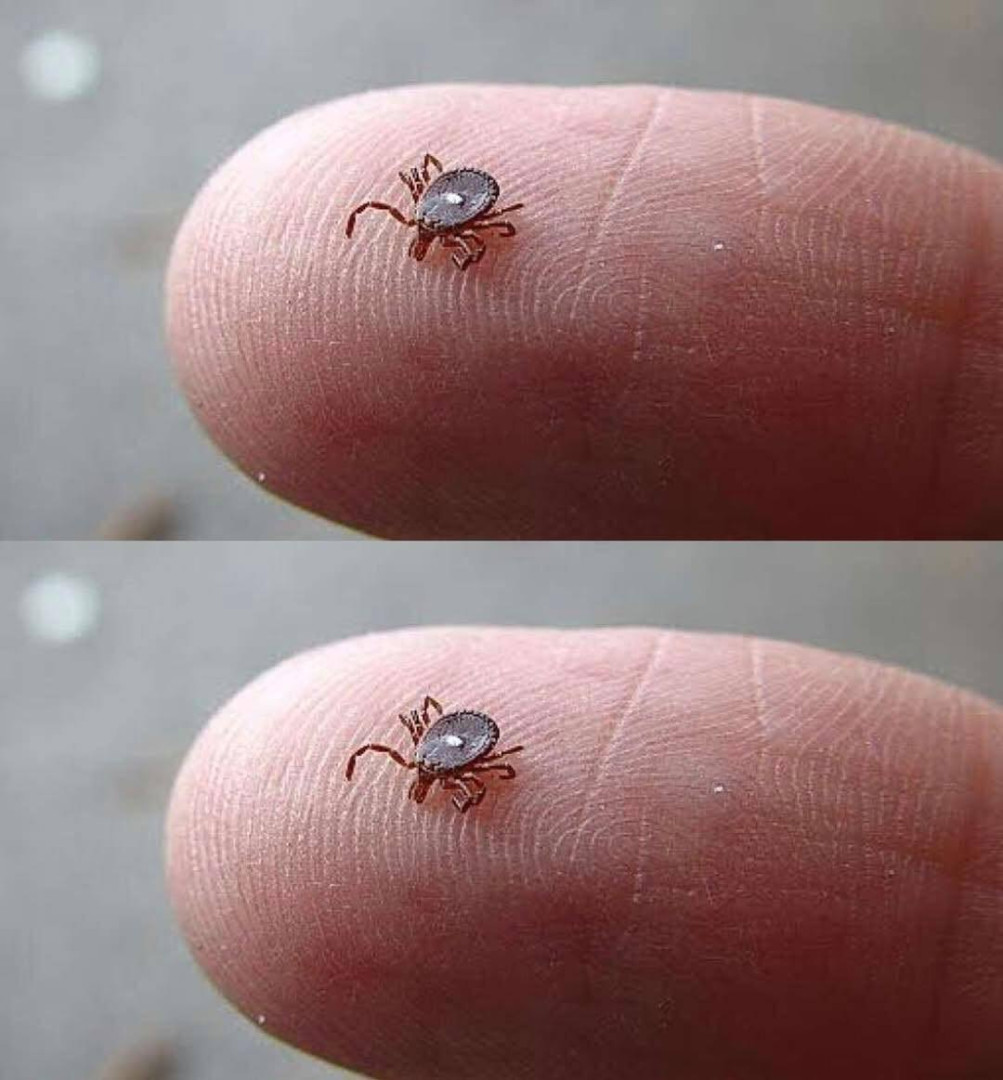Certainly! Here’s an informative and practical article based on the topic:
Bitten by a Lone Star Tick? Here’s What You Need to Know—and What to Do Immediately
So you’ve just discovered a tick bite—and not just any tick, but one with a telltale white spot on its back: the Lone Star tick. First off, don’t panic. While this tick species has made headlines (and rightly so), the key to protecting your health is acting quickly and knowing what to watch for.
Here’s everything you need to know if you’ve been bitten by a Lone Star tick—and what to do right now.
🕷️ What Is a Lone Star Tick?
Unlike deer ticks (which carry Lyme disease), Lone Star ticks are not known to transmit Lyme, but they come with their own serious health risks.
🚨 Why the Lone Star Tick Is a Big Deal
- Alpha-Gal Syndrome (AGS)
This tick is notorious for triggering alpha-gal syndrome, a rare allergy to red meat and other mammal products. The tick’s saliva can cause your immune system to develop a reaction to a sugar molecule (alpha-gal) found in beef, pork, lamb, and even some dairy products. Symptoms can appear 3–6 hours after eating red meat and range from hives to life-threatening anaphylaxis. - Other Diseases It May Carry
- Ehrlichiosis
- Tularemia
- Southern tick-associated rash illness (STARI)
While not all Lone Star ticks carry disease, the risk is significant enough to take every bite seriously.
✅ What to Do Immediately After a Lone Star Tick Bite
- Remove the Tick Promptly and Properly
- Use fine-tipped tweezers to grasp the tick as close to the skin as possible.
- Pull upward steadily and evenly—don’t twist or jerk.
- Clean the bite area and your hands with rubbing alcohol or soap and water.
- Dispose of the tick by flushing it, or save it in a sealed bag in case symptoms develop later (this can help doctors identify the species).
- Watch for Symptoms
Over the next days to weeks, monitor for:- Fever, fatigue, muscle aches
- Rash or swelling around the bite
- GI symptoms after eating red meat (nausea, vomiting, abdominal pain, rash)
- Shortness of breath or allergic reaction hours after eating meat or dairy
- Avoid Red Meat Temporarily
If you’ve been bitten and are concerned about AGS, consider avoiding red meat for a few weeks and keeping a food and symptom diary.
